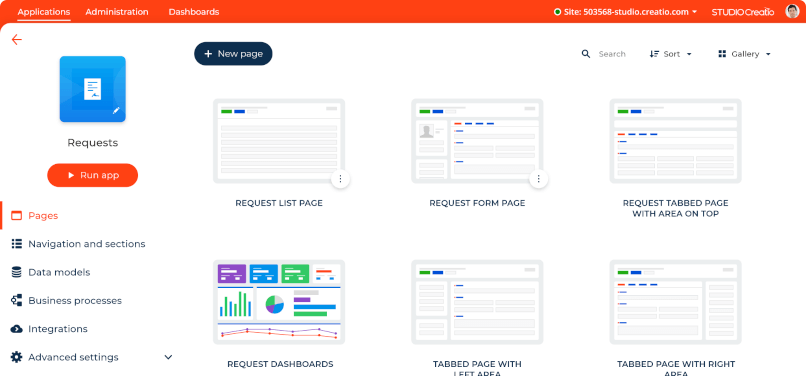What is workflow?

Definition of workflow
Types of workflow
Process workflow
Case workflow
Project workflow
Deep dive into the topic
The 3 basic components of a workflow
Input
Transformation
Output

Workflow use case
Client onboarding and account sign-up
Employee onboarding
Customer and IT service requests
E-commerce and order placement
Healthcare and patient care
Manufacturing

Top-7 benefits of workflows



Workflow examples
Depending on the workflow type, there are two essential workflow design techniques: business process management notation (for structured, process-type workflows) and dynamic cases (for unstructured, case-type workflows).
In the following Creatio screenshot, there’s a structured workflow representing a promotion campaign for home loans. The workflow was created using the built-in Process Designer which utilizes the industry-standard BPMN 2.0 notation. This workflow starts with a prepared contact base for the campaign, then takes all of these contacts through the promotional activities, and ends when the contacts either become home loan applicants, drop off, or get added to the contact base for future campaigns.
Home loans workflow in greater detail (see description under screenshot):
Home loans workflow

Life insurrance workflow
Now let’s consider an unstructured workflow created in Creatio by the DCM tool. Unlike structured workflows, unstructured or semi-structured workflows serve as guidelines, rather than step-by-step instructions. They are best designed as a sequence of steps that include a set of tasks called cases. Cases can be executed in a sequence, in parallel, or in no specific order.
The workflow found below represents a life insurance policy lifecycle. At the top of the diagram, there is a sequence of strict steps similar to that of a structured workflow. In addition, there are transition rules that accompany each step. Unlike structured workflows, unstructured workflows have a set of cases outlined for each step that can be executed in a non-sequential order; there may or may not be specified transition rules between the cases. If there are no restrictions, then it is up to the accountable employees to decide how to better approach the situation on a case-by-case basis.
The life insurance policy workflow in a greater detail:

Workflow management in Creatio
One platform

No-Code, Easy-to-Use tools

Industry workflows

Composable app

Workflow FAQ
Workflows vs. Processes: what's the difference?
What is a workflow diagram?
How can I create workflows?










